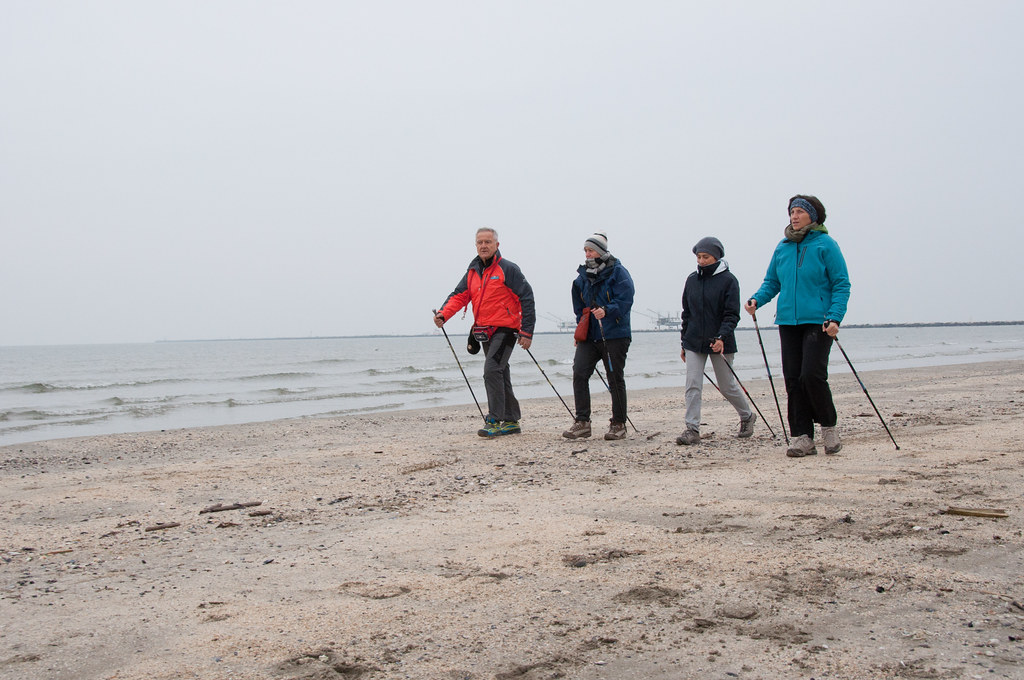
Exploring the Advantages and Disadvantages of Nordic Walking
Uncover the Pros and Cons of Nordic Walking
Nordic Walking, also known as pole walking, is a full-body exercise that originated in Finland in the 1930s. It involves walking with specially designed poles similar to ski poles. This low-impact activity has gained popularity due to its numerous health benefits. Whether you're a fitness enthusiast or just looking for a new outdoor activity, Nordic Walking offers both advantages and disadvantages that are worth exploring.
Before diving headfirst into a fitness trend, it's essential to weigh the pros and cons. From improved cardiovascular health to potential risks for certain individuals, understanding the advantages and disadvantages of Nordic Walking can help you make an informed decision about whether it's the right exercise for you.
Pros
Nordic Walking isn't just about walking with poles – it offers a range of benefits for both physical and mental well-being. Here are some of the most surprising advantages of this popular outdoor activity:
Missing a pro?
Cons
While Nordic Walking offers an array of benefits, it also comes with certain drawbacks that individuals should consider before incorporating it into their fitness routines. Here are some potential disadvantages:
Missing a con?
Conclusion
Nordic Walking offers a holistic approach to fitness and well-being, combining the benefits of cardiovascular exercise, strength training, and outdoor therapy. While it may not be suitable for everyone, it presents a versatile and enjoyable option for individuals looking to stay active, improve their health, and connect with nature.
What do you think?
Do you think the pros outweigh the cons?









